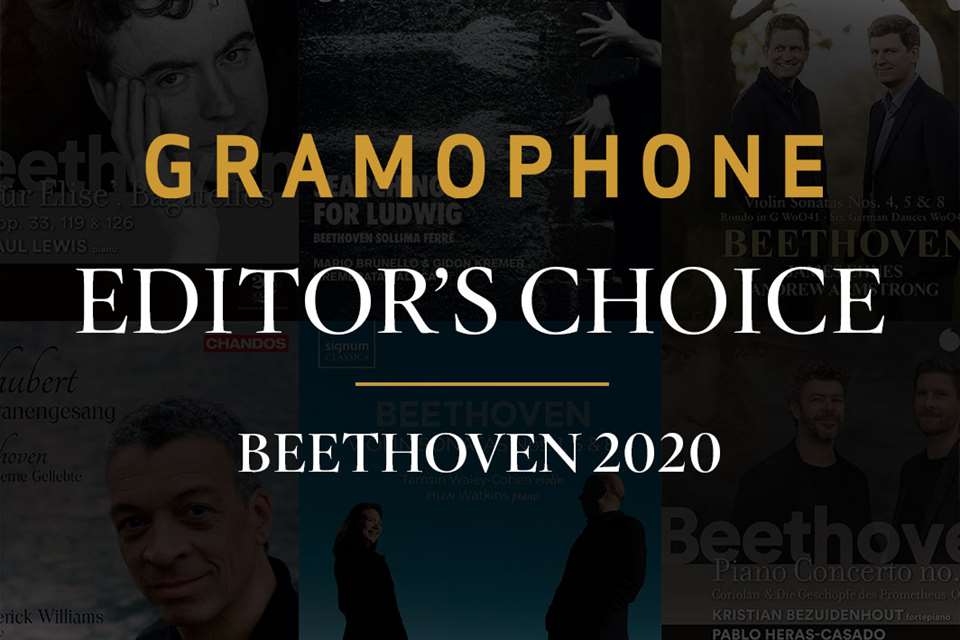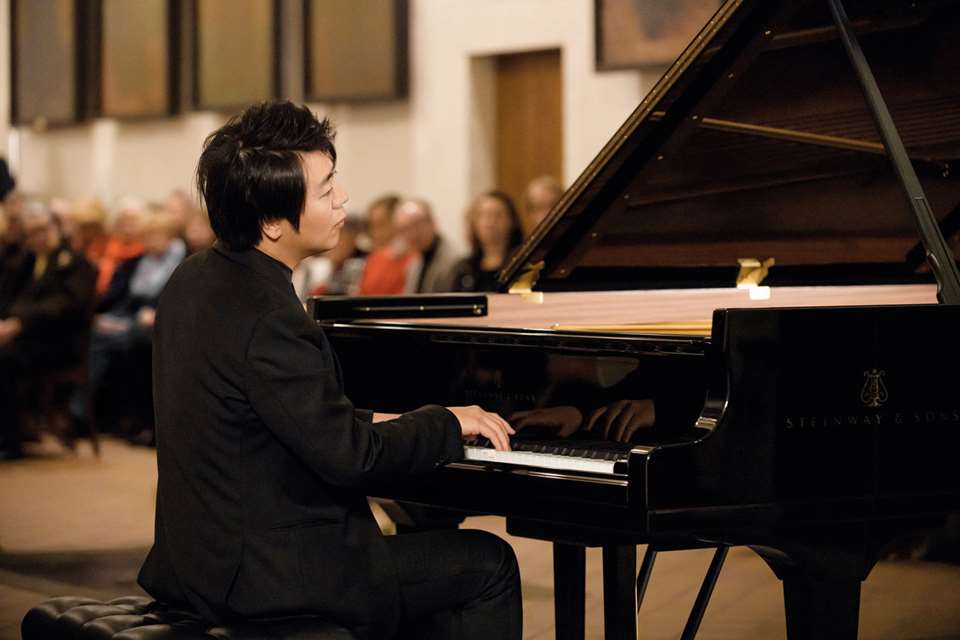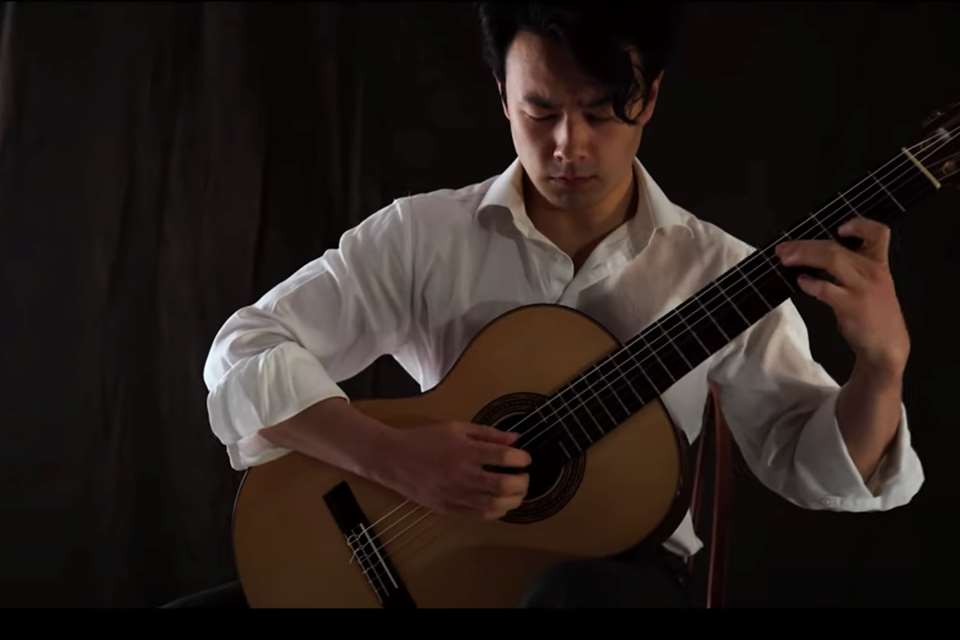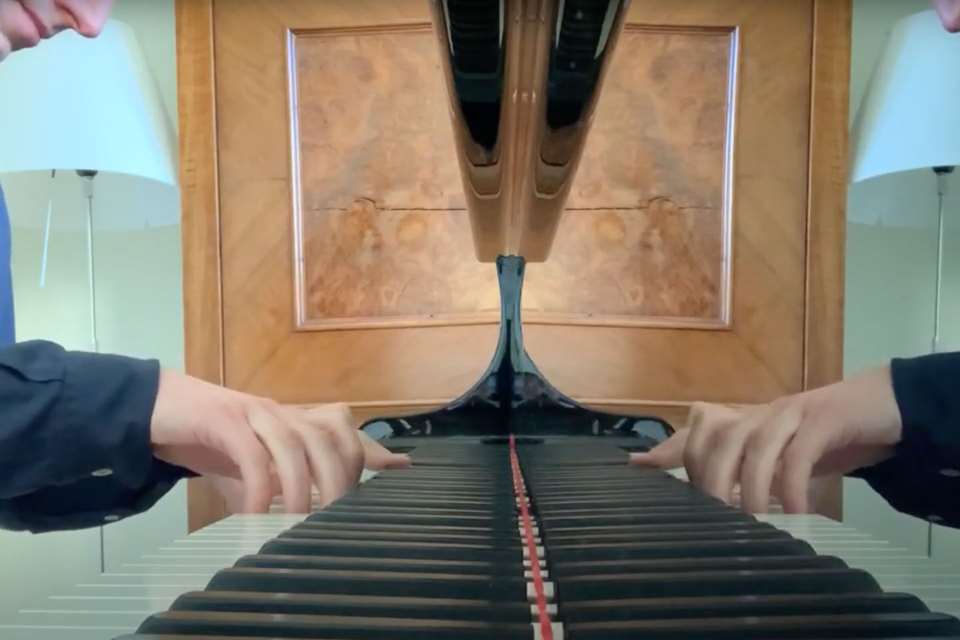JS Bach: the 2020 Editor's Choice recordings
Tuesday, December 15, 2020
All of these outstanding albums were named Editor's Choice or Recording of the Month in the 2020 issues of Gramophone
Register now to continue reading
Thanks for exploring the Gramophone website. Sign up for a free account today to enjoy the following benefits:
- Free access to 3 subscriber-only articles per month
- Unlimited access to our news, podcasts and awards pages
- Free weekly email newsletter












